Old Slave Mart Museum
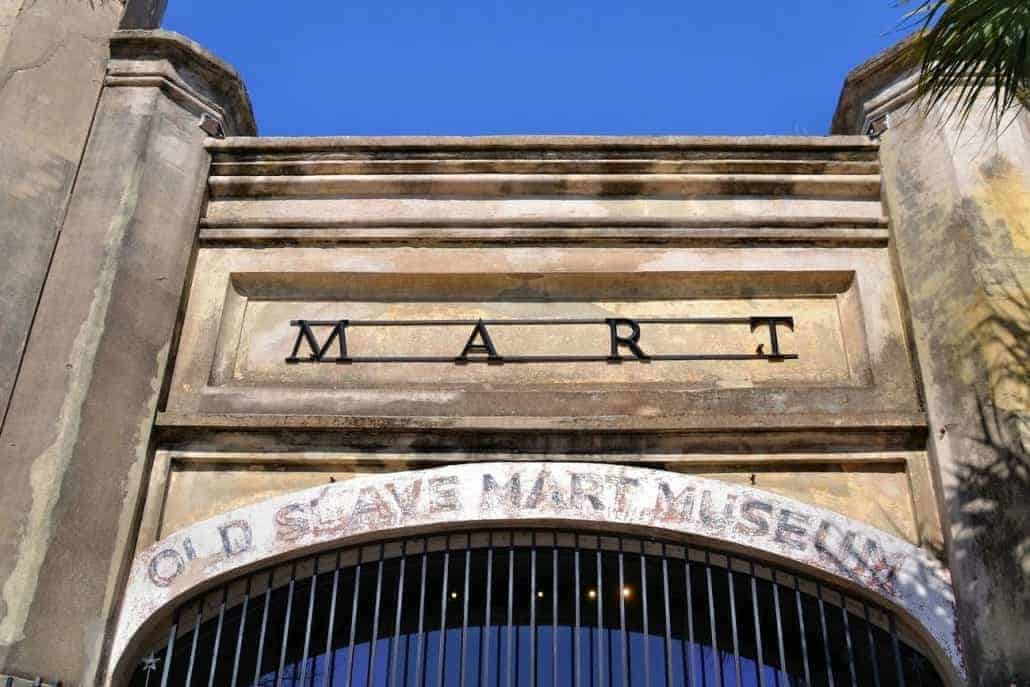
The Old Slave Mart Museum, located at 6 Chalmers St., recounts the story of Charleston’s role in this inter-state slave trade by focusing on the history of this particular building and site and the slave sales that occurred here.
History of The Old Slave Mart
The 1808 ban on the United States’ participation in the international slave trade led to a renewed demand for slave labor, which was satisfied, in part, by the creation of a domestic slave-trading system in which Charleston functioned as a major slave collecting and reselling center. The Old Slave Mart Museum, located at 6 Chalmers St., recounts the story of Charleston’s role in this inter-state slave trade by focusing on the history of this particular building and site and the slave sales that occurred here. In the seven decades between the drafting of the U.S. Constitution and the Civil War, more than one million American-born slaves were sold away from plantations in the upper South to work the rapidly expanding cotton and sugar plantations in the lower South.
In Charleston, enslaved African Americans were customarily sold on the north side of the Old Exchange Building. An 1856 city ordinance prohibited this practice of public sales, resulting in the opening of the Old Slave Mart and a number of other sales rooms, yards, or marts along Chalmers, State and Queen Streets. Other Uses Possibly the only known building used as a slave auction gallery in South Carolina still in existence, the Old Slave Mart was once part of a complex of buildings known as Ryan’s Mart that occupied the land between Chalmers and Queen Streets. The complex consisted of a yard enclosed by a brick wall and contained three additional buildings: a four-story brick building partially containing a “barracoon,” or slave jail, a kitchen, and a “dead house,” or morgue. More Recently
Slave auctions at the Old Slave Mart ended in November 1863. The property changed hands many times after the Civil War, and between 1878 and 1937 the building was used as a Negro tenement and as an auto repair shop. In 1938 Miriam B. Wilson purchased the building, which by then, had come to be known locally as the Old Slave Mart, and established a museum featuring African and African-American arts and crafts.
Judith Wragg Chase and Louise Wragg Graves took over the Old Slave Mart in 1964, placed it on the National Register of Historic Places in 1973 and operated it until its closure in 1987. Recognizing the significant importance the institution of slavery has had in Charleston’s history, the City of Charleston acquired the property in 1988.
Old Exchange & Provost Dungeon
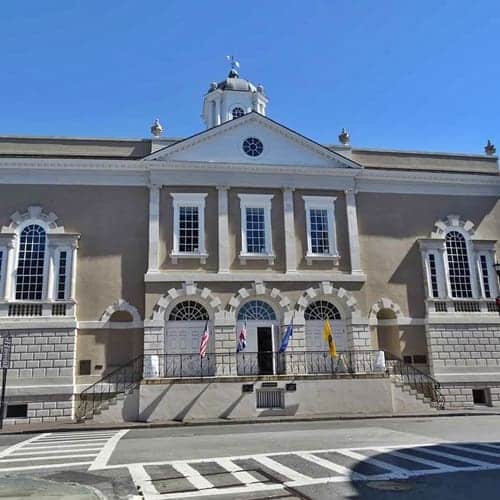
Completed in 1771, the Old Exchange Building is a Charleston landmark and the site of some of the most important events in South Carolina history. Over the last two and a half centuries, the building has been a commercial exchange, custom house, post office, city hall, military headquarters, and museum. Previously the property of the British, United States, Confederate, and Charleston city governments, the Old Exchange Building is today owned by the South Carolina State Society of the Daughters of the American Revolution and operated by the City of Charleston.
Admission to the Old Exchange includes a self-guided exhibition on the top two floors of the building and a 25 minute guided tour of the bottom floor cellar, otherwise known as the Provost Dungeon. Docents and other staff members are available throughout the building to share more of the site’s history with visitors of all ages and answer guest questions.
Most visitors spend between 45 minutes and 1 hour on site, though guests are welcome to take as much or as little time as they like exploring the self-guided exhibition.
The Old Exchange is handicap accessible, with an elevator providing access to all three floors of the building. If someone in your party needs to use the elevator to enter the building, please feel free to call us at 843-727-2165 or speak to a cashier, and one of our docents will be glad to assist you.
North Charleston Fire Museum
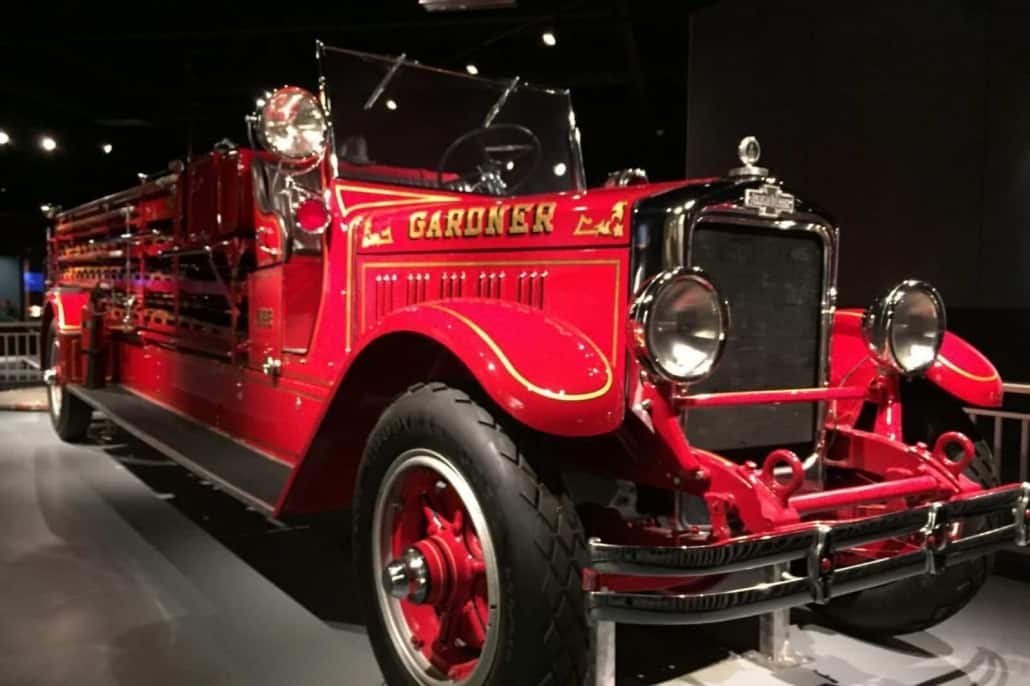
North Charleston Fire Museum is a remarkable and unforgettable destination for the firefighter in all of us!
Collection
The North Charleston Fire Museum and Educational Center is proud to house the largest collection of professionally restored American LaFrance fire apparatus in the country. With over 20 vehicles in our collection, dating as far back as 1780’s, the North Chareston Fire Museum has become renouned as destination for fire history and the preservation antique fire apparatus. All the pieces in our collection still run and can fight fire just like the day it was produced.
Exhibits
The Fire Museum offers its guests the opportunity to get as close to a fire as possible without getting burned. In addition to our collection of antique fire apparatus, the museum offers hands on and interactive exhibits and theater presentations that children and adults will love. From our “Home Fire Hazard Theater” complete with live smoke to our newest show “Are you an Esacape Artist”, guests to the museum will gain an enhanced knowledge and understanding of the history and science of fire and firefighting.
Nathaniel Russell House Museum
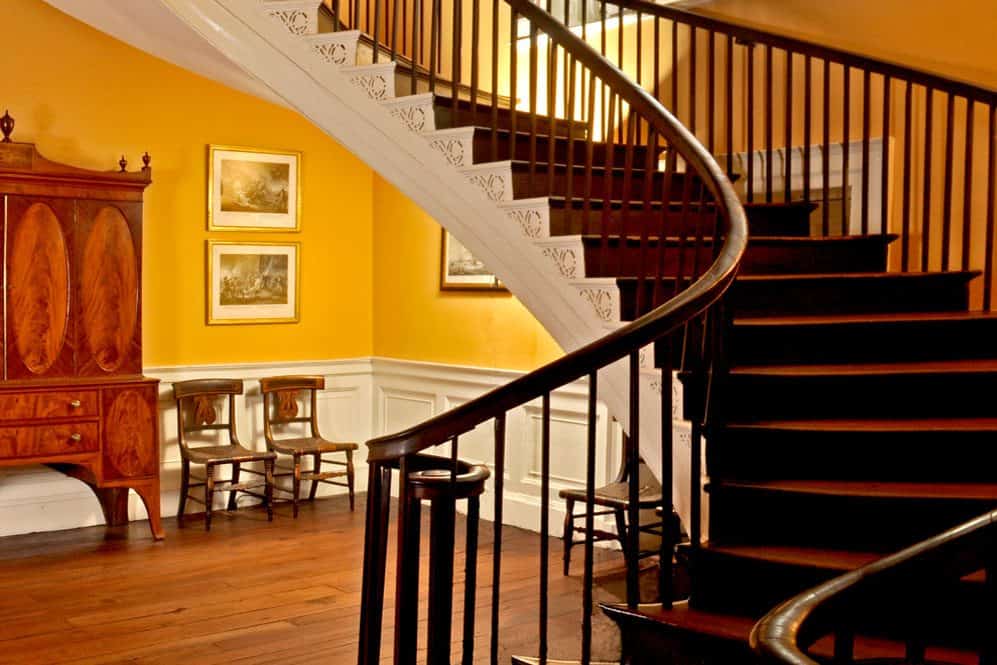
A National Historic Landmark, the Nathaniel Russell House Museum was built over a five-year period and completed in 1808 by Charleston merchant Nathaniel Russell. The house cost $80,000 to build, at a time when the average value of a home was $262. The homes graceful, free-flying, three-story staircase is an architectural marvel with each cantilevered step supporting the one above and below it.
The graceful interiors with elaborate plasterwork ornamentation, geometrically shaped rooms, formal gardens and collection of 18th-century decorative and fine art speak to the wealth of Charlestons elite in the early days of the American Republic. The homes graceful, free-flying, three-story staircase is an architectural marvel with each cantilevered step supporting the one above and below it.
Restored to its original splendor using forensic analysis and cutting-edge conservation technology by our curatorial staff, we ensure the highest standards of old-world expertise to replicate the finishes, fixtures and textiles appropriate for this 200-year old townhouse.
Because restoration is an ongoing process, visitors have the opportunity to see and learn about the meticulous care, craft and consideration that goes into every detail. The 18 enslaved Africans that lived on and maintained the property during the Russell occupancy are an integral part of the history of this one-of-kind house. An exhibit in the original kitchen house features archaeological artifacts, educational panels and stories of the people vital to the history of this property.
Morris Island Lighthouse
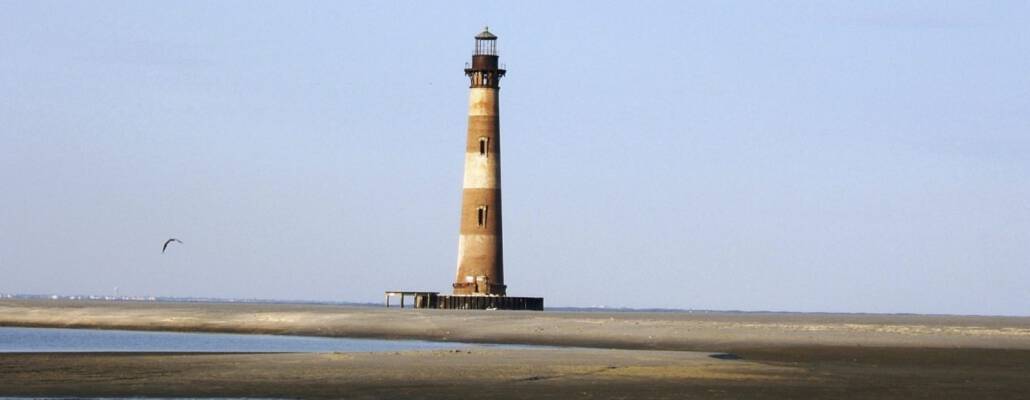
The Morris Island Lighthouse is a beautiful lighthouse located on the northern end of James Island. You cannot drive directly up to the the lighthouse. You can however that Ashley Avenue as far as you can go north on Folly Beach, park, and walk a mile or so to view it from a small beach. It’s great and fun for the entire family. The lighthouse is surrounded by water and is not open or available for touring. For driving directions, click on the map below.
You can’t tour inside the lighthouse since it’s surrounded by water. To see the lighthouse you have to park at the end of East Ashley Avenue and walk about 1/4 mile down the path to the beach.
McLeod Plantation
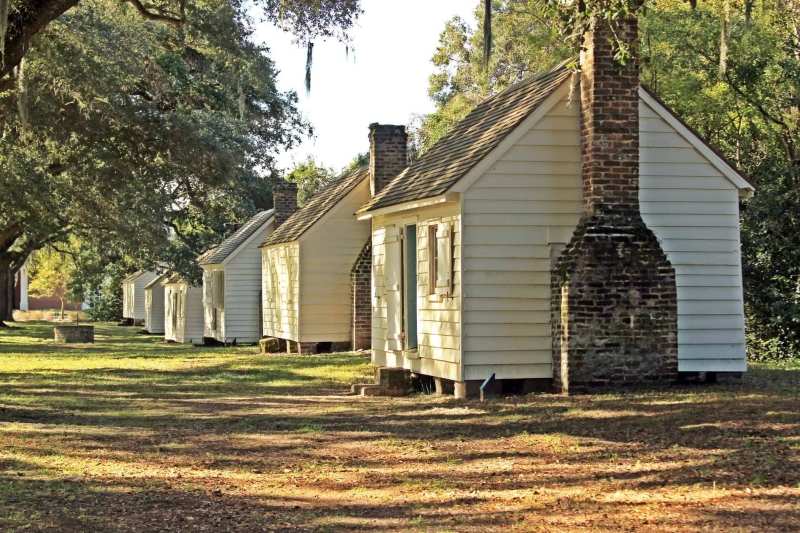
For groups of 10 or more advance notification is required. Please call McLeod to schedule your group visit.
INTERPRETIVE TOURS
Included in your admission are 45 minute guided tours offered at 9:30 am, 11:30 am, 12:30 pm, 1:30 pm and 2:30 pm.
An amazing place to experience history in Charleston. Established in 1851, McLeod Plantation has witnessed some of the most significant periods of Charlestons and our nations history. Tour this 37 acre Gullah, Geechee heritage site that has been careful preserved and is recognized for its cultural and historic significance. McLeod Plantation was built on the riches of sea island cotton and on the backs of enslaved people whose work and culture and told and preserved through this site.
Established in 1851, McLeod Plantation has borne witness to some of the most significant periods of Charlestons – and our nations – history. Today McLeod Plantation is an important 37-acre Gullah/Geechee heritage site that has been carefully preserved in recognition of its cultural and historical significance. The grounds include a riverside outdoor pavilion, a sweeping oak alley, and the McLeod Oak, which is thought to be more than 600 years old.
It is a place like no other, not frozen in time but vibrant, dynamic, and constantly evolving, where the winds of change whisper through the oak trees and voices from the past speak to all who pause to listen. McLeod Plantation was built on the riches of sea island cotton and on the backs of enslaved people whose work and culture are embedded in the Lowcountrys very foundation. It is a living tribute to the men and women and their descendants that persevered in their efforts to achieve freedom, equality, and justice. McLeod Plantation Historic Site is a South Carolina National Heritage Corridor site
All of their stories, black and white, enslaved and free are given their due. After years of careful research and restoration, McLeod Plantation Historic Site invites visitors to embark upon an in-depth exploration of the lives of those people whose stories are essential to understanding Charlestons complex past and helped shape who we, as a nation, are today.
- Tour the homes and compare the McLeod family home with those built for enslaved families.
- Learn about daily life and the relationships among the men, women, and children who lived and worked here before and after slavery.
- Study the cultivation and importance of sea island cotton.
- Gain insight into the plantations strategic importance during the Civil War and the role of the free black Massachusetts 55th Volunteer Infantry in emancipating enslaved people.
- Examine the influence of the Freedmens Bureau at McLeod Plantation and throughout the South.
- Trace the emergence of Gullah Culture in the Lowcountry.
- Explore worship and spirituality in the lives of McLeod Plantations residents.
- Draw parallels between the changing relationships among McLeod Plantations residents and in American society during the 20th century.
- See how people dramatically changed the natural history of the plantations landscape through time.
The struggle for freedom…personal, cultural, and political enacted over the centuries at McLeod Plantation provides new insights to anyone interested in American history.
Mace Brown Museum of Natural History
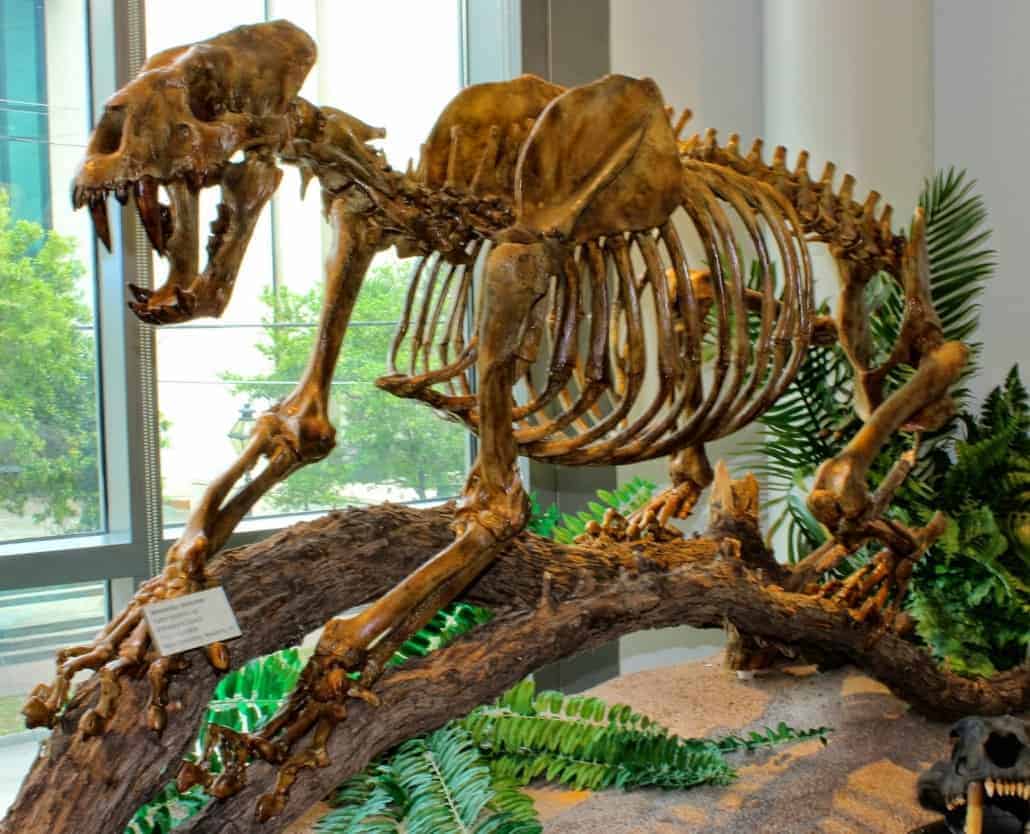
The Department of Geology and Environmental Geosciences is home to a Paleontology Museum that displays almost 1,000 fossils. The displays includes: dinosaur bones, crinoids, Oligocene mammals of North America, mosasaurs, cave bears, Pleistocene mammals of the Carolinas, ocean life through time and fossil plants. A favorite exhibit for many is the reconstructed jaw which houses real teeth from the giant extinct shark Megalodon
The Museum is open to the public and manned by geology undergraduates who work as student docents. Groups that would like to schedule a visit to the Museum should call 843.953.3967 (Museum direct line), or emailmuseum@cofc.edu.
The academic staff in the Department of Geology and Environmental Geosciences often give their time to delivering talks on their research and teaching specialties to groups visiting the Museum. These tours are ideally suited to 9th grade students and older. Younger age groups are encouraged to visit the Museum, but we currently do not provide staff-led tours. We ask that leaders of younger groups (K-8) provide self-programmed visits, but please still book a time slot with Museum staff, given the space we have is limited.
We ask that all visitors to the Museum, especially large groups, respect the teaching environment of the College of Charleston, given classes take place immediately next door to the Museum. We ask that group leaders visiting the Museum maintain control of their group and restrict each group to no more than 20 students (with chaperones). If a group is noisy and/or disruptive, they will be politely asked to leave the building.
Isle of Palms Beach
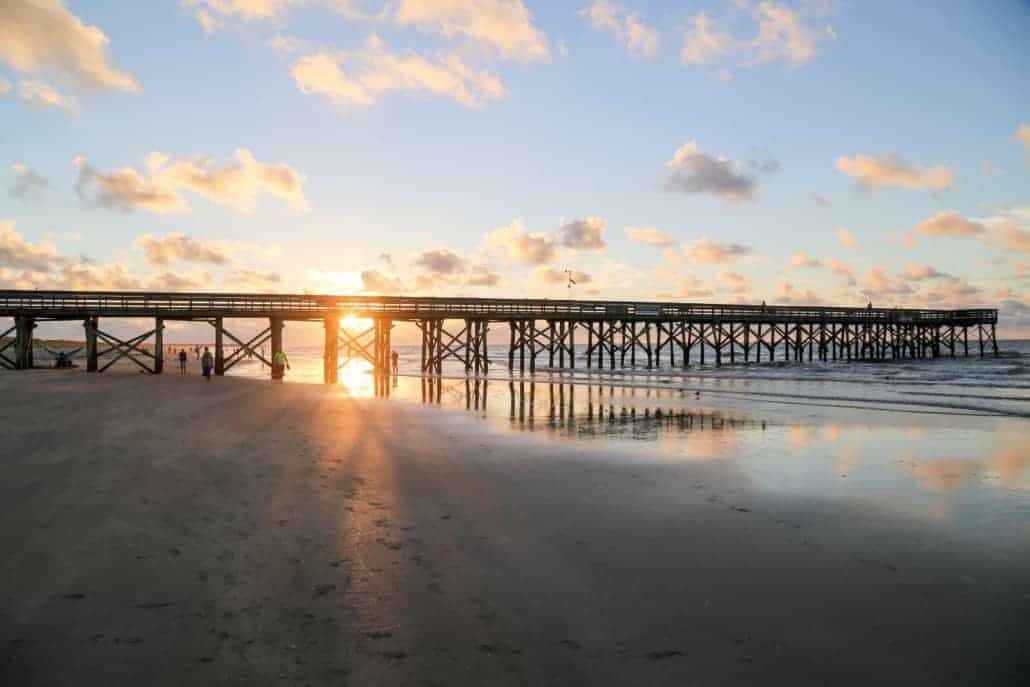
A public beach that’s open to all. Swim at your own risk or visit the IOP County Park. Follow map below for beach parking.
Located a just a few minutes from Mount Pleasant, the Isle of Palms has plenty of amenities and is a great family friendly beach option. This stretch of public beach has a selection of shops, restaurants and amenities plus public restrooms. The area of Ocean Boulevard from 10th Avenue to 14th Avenue is set aside for beachgoers and is known as “Front Beach.” If you’re not staying on Isle of Palms, plan to arrive early. The Isle of Palms Connector backs up quickly with beach traffic.
Where to park: Parking is regulated along the public rights-of-way from May 15 through Sept. 15 between 9 a.m. and 6 p.m. In the on-street Beach Parking Zones, parking is free of charge. Adjacent residential areas would become “resident parking only.” Paid parking is available in the Municipal Parking Lots on Pavilion Drive, at Isle of Palms County Park and on Ocean Boulevard between 10th and 14th avenues.
For access to picnic tables, showers, restrooms, seasonal lifeguards and a playground, you might want to park at the Isle of Palms County Park. Parking fees vary by season. The most you’ll pay is $10 per vehicle Monday to Friday and $15 on Saturday and Sunday.
Beach beers: Cold brews, ocean views and live music from a variety of bands make The Windjammer, IOP’s best party spot. Another cool place to check-out is the Dingy right across the street from Windjammer. For a more upscale spot with phenominal views go to the Boathouse at Breech Inlet.
Best selfie spot: Head to the top deck of The Windjammer or Coconut Joes to snap a photo with the vast ocean behind you.
Rules to know: Alcohol is not allowed on the beach. Dogs are allowed off leash on the beach from 5-9 a.m. April 1 to Sept. 14 and from 4 p.m. to 10 a.m. Sept. 15 to March 31. At all other times, dogs must be on a leash – even in the water.
IOP fun fact: Loggerhead sea turtles often lay their eggs at the Isle of Palms from May to mid-August. From July until October, the loggerhead hatchlings emerge from their nest at night and make their way to the ocean. Do not disturb any nests or any hatchlings and be sure to fill any holes you dig on the beach. If you’re staying on the beach, be sure to turn off your porch/outside lights at night.
Grit Counter | $7 Lunch Voucher
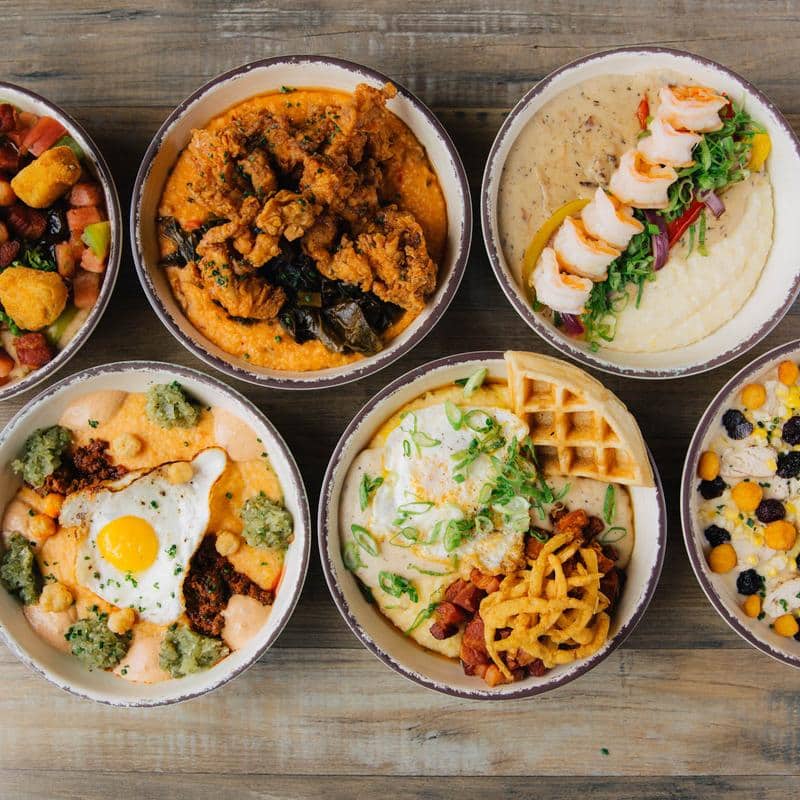
A quick-casual Southern lunch spot putting a twist on the average by introducing our Grit Bowls amongst other more traditional Southern lunch offerings.
Located in North Charleston at 3438 W. Montague Ave
The Grit Counter, brought to you by Grace & Grit Restaurant, focuses on fresh local seafood while keeping the menu familiar and approachable. Guests enjoy an abundance of fresh local fish and shrimp, bacon smoked in house, and seasonal produce. With flavor packed into every dish, southern staples like cornbread, collards, butterbeans, fried chicken, and of course grits, take center stage as a reminder of their Lowcountry roots.
Charleston Tour Pass is accepted for lunch only
GrayLine City Bus Tour
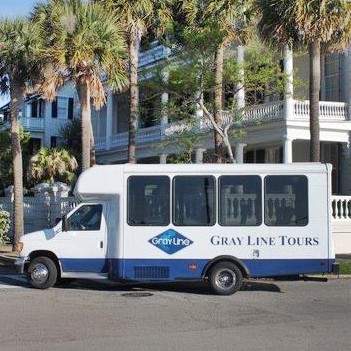
All Gray Line of Charleston tour vehicles are climate controlled. The comfortable 20 to 25-passenger minibuses are specially designed to traverse downtown Charleston’s narrow historic streets. Accessing cobblestone streets and alleyways provides close-up views of some of the citys most significant details that large buses often miss. Highlights Include:
- Charleston historic homes
- The Battery sea wall
- Historic churches
- Old Market area
- Four Corners of Law
- Rainbow Row and many more sites
Their fleet is carefully maintained and regularly updated for passenger comfort and safety and is the only tour bus company in Charleston that offers a handicap-accessible vehicle. Please arrive 15 minutes prior to tour departure time.

